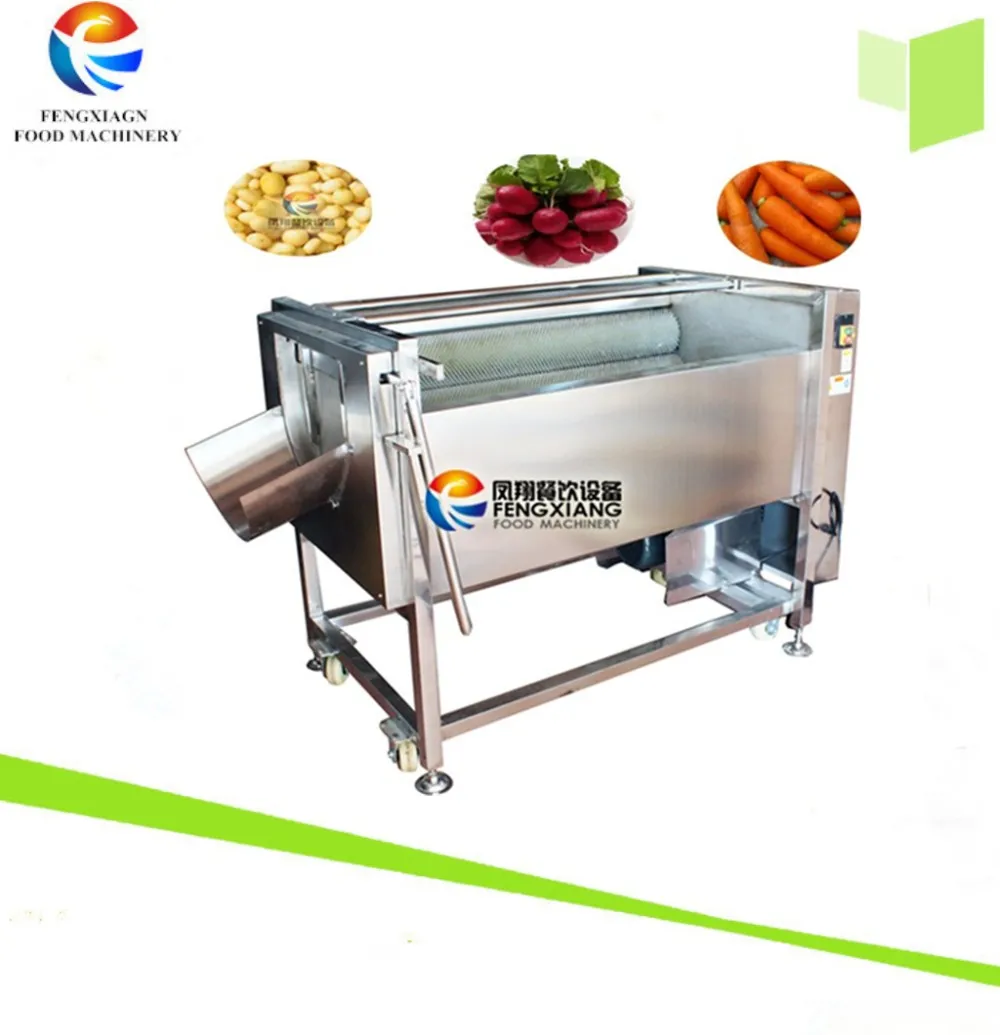
#VEGETABLE SKIN REMOVER SKIN#
This won’t cook the garlic, but will just soften the skin enough to release from the clove.Īlthough the name has the word “celery” in it, this root vegetable isn’t actually where celery comes from. Drain the water, and the peel should easily come off each clove. Or, place the garlic cloves in a small bowl covered with a bit of scalding hot water and let sit for a minute or 2. Then, slice the tip off each bulb, revealing the layers of rings which makes the outer skin layer visible and easy to peel off with your hands.Īs for garlic, you have two options: You can softly, but firmly, smash the unpeeled cloves with the side of your knife or under the heel of your hand which will release the skins so you can slide them off. If the shallot has two or more bulbs, separate them with your hands. You can try a similar method with shallots, too. Then you can easily peel the unwanted layers off. To successfully peel them, you have to work backward.įor an onion, instead of peeling off the skin before cutting in, start by slicing the onion in half through the root. Though not technically roots, these bulbs are vital in so many tasty recipes, and yet, can be the hardest to peel.


One last piece of advice for these tricky tubers: If you decide to peel them before cooking, make sure you peel them when they’re dry, not wet, which will make the task much easier on you. This is much easier than using a peeler on potato or beet skin and is especially useful if you have arthritis or trouble holding a peeler. Now you can simply peel the skin off with your hands. When you’re done boiling, transfer the potato or beet to a strainer and run it under cold tap water until cool enough to handle. You could also microwave them (pierce the sides, place in a bowl with about half an inch of water, no more than 5 minutes on each side, which should give you a fully cooked potato) if you don’t feel like getting out a pot.īoiling helps loosen the skin and soften the interior - if you don’t want the interior to cook, boil for less time than if you want a fully cooked and peeled potato. With root vegetables that are tougher to peel because of their thick exterior or bumpy shapes, like potatoes or beets, try boiling them first. If you do stain your hands, soak them in a bit of lemon juice then wash with hot soapy water and use a stiff scrub brush to get under your fingernails if necessary! This method is fast, effective, and will get you to your food or drink that much sooner.Įditor’s note: If you’re peeling turmeric, we recommend wearing disposable kitchen gloves to prevent staining your hands.

Scrape downward in short, fast motions and the skin will come right off. If you have trouble doing this in midair, plant the end of the ginger firmly on a cutting board at an angle and hold the spoon in your other hand with the curved underside facing up. Consider doing it over a trash can or your kitchen sink since the skin tends to fly off pretty quickly. If you’re peeling a large piece of ginger, we suggest using a bigger spoon to cover more surface area. The best way to remove that pesky ginger skin is with the edge of a spoon. “There has to be a better way!” you might find yourself crying.Īnd yes, it turns out, yes there is. If you’ve ever tried peeling the thin skin off this fragrant root - by hand or with a peeler - you know it’s not the most effective.

Less veggie, more just plain root, “remove the peel from the ginger” (or turmeric) can easily seem like one of the most complicated steps in even the simplest of recipes.


 0 kommentar(er)
0 kommentar(er)
